A helpful list of common pitfalls, such as overspending or buying fakes.
The thrill of the hunt, the joy of a new discovery, the satisfaction of seeing your treasures beautifully displayed—there’s nothing quite like starting a collection. Whether you’re drawn to vintage stamps, rare coins, modern art, or vinyl records, the journey is one of passion and discovery.
But in the initial rush of excitement, it’s easy to make rookie mistakes that can lead to wasted money, a disorganized collection, and even burnout. The good news? These pitfalls are entirely avoidable.
By learning from the common missteps of others, you can start your collecting journey on the right foot, building a collection that is not only valuable but also a deep source of personal pride. Here are the top five mistakes every new collector makes, and how you can steer clear of them.
Mistake #1: Diving In Without a Niche
The Mistake: You’re excited, and everything looks interesting! You buy a 19th-century coin on Monday, a 1980s action figure on Wednesday, and a contemporary art print on Friday. Your collection becomes a random assortment of items with no unifying theme or story.
Why It’s a Problem: A collection without focus is just an accumulation of stuff. It’s difficult to manage, hard to display coherently, and almost impossible to become an expert in. You spread your budget and your knowledge too thin, never achieving depth in any one area.
How to Avoid It:
- Start Broad, Then Narrow Down: It’s okay to explore at first. Visit museums, read blogs, and talk to other collectors. Pay attention to what truly excites you.
- Define Your “Why”: Ask yourself what you love about a potential niche. Is it the history of Roman coins? The artistry of Japanese woodblock prints? The nostalgia of mid-century modern furniture? Your passion will be your guide.
- Set Boundaries: Once you have a focus (e.g., “Silver Age Marvel Comics” instead of just “Comics”), stick to it. This discipline will make your searches more targeted and your acquisitions more meaningful.
Mistake #2: Forgetting to “Study” Before You Collect
The Mistake: You find an item you think is perfect and immediately buy it, swayed by the seller’s story or the excitement of the moment. You only realize later that it’s a common variant, a clever reproduction, or in much poorer condition than you thought.
Why It’s a Problem: Knowledge is your single most important tool as a collector. Without it, you are guaranteed to overpay, buy fakes, or miss out on true gems. The mantra of seasoned collectors is “buy the book before you buy the coin” for a reason.
How to Avoid It:
- Invest in Knowledge: Buy reference books, subscribe to specialized magazines, and join online forums dedicated to your niche. Learn the history, key figures, and terminology.
- Learn to Grade: Understand what separates an item in “mint” condition from one in “good” or “poor” condition. Learn to spot signs of restoration, damage, or forgery. For many fields, condition is the single biggest factor in determining value.
- Be Patient: The perfect item will still be there tomorrow. Give yourself a 24-hour cooling-off period before making a significant purchase. Use that time to research its market value and verify its authenticity.
Mistake #3: Neglecting Condition and Preservation
The Mistake: You score a fantastic, rare movie poster and immediately tack it to your wall where it gets direct sunlight every afternoon. Or you store your antique documents in a damp basement, packed in an acidic cardboard box.
Why It’s a Problem: You can destroy an item’s value—and its beauty—through improper handling and storage. Fading, moisture damage, fingerprints, and improper cleaning can permanently mar your treasures, erasing decades or even centuries of careful preservation.
How to Avoid It:
- Handle with Care: Always handle delicate items with clean, dry hands or, even better, cotton gloves. Support items from their strongest points.
- Control the Environment: The biggest enemies of most collectibles are sunlight (UV rays), humidity, and extreme temperature fluctuations. Store your collection in a dark, dry, and climate-controlled space.
- Use Archival-Quality Materials: Invest in acid-free boxes, sleeves, folders, and display cases. Standard paper and plastic products contain chemicals that will degrade your items over time.
Mistake #4: Paying for Hype, Not for Value
The Mistake: You get caught up in a bidding war at an auction or feel pressured by a “limited time offer” online. You end up paying far more than an item’s established market value because you let emotion, not research, dictate the price.
Why It’s a Problem: Overpaying drains your budget, preventing you from acquiring other items. It also leads to instant buyer’s remorse and can make you feel discouraged about collecting in the long run.
How to Avoid It:
- Know the Market: Before you even think about buying, research recent sale prices for similar items. Use auction house archives, online marketplaces, and collector price guides.
- Set a Hard Limit: Decide the absolute maximum you are willing to pay for an item before you start bidding or negotiating. Factor in auction premiums, taxes, and shipping.
- Be Willing to Walk Away: This is the hardest but most important rule. There will always be another piece. The pain of missing out on one item is far less than the regret of overpaying for it.
Mistake #5: Chasing the Investment, Forgetting the Passion
The Mistake: You start your collection based solely on what you think will appreciate in value. You buy trendy items you have no personal connection to, viewing your collection as nothing more than a stock portfolio.
Why It’s a Problem: Markets are fickle. What’s hot today might be worthless tomorrow. If your only motivation is profit, you will quickly lose interest when the market dips. A collection built without passion feels hollow and becomes a chore rather than a joy.
How to Avoid It:
- Collect What You Love: This is the golden rule. Your passion will fuel your desire to learn, sustain you through market downturns, and be the ultimate source of your enjoyment.
- Buy the Best You Can Afford: A high-quality piece that you love is always a better “investment” than ten mediocre pieces you feel indifferent about. Quality and rarity tend to hold their value better over time.
- View Appreciation as a Bonus: If your collection becomes valuable, that’s a wonderful outcome. But let that be the icing on the cake, not the cake itself. The true value lies in the joy of building, curating, and sharing your unique collection.
Collecting is a marathon, not a sprint. Every seasoned collector has a story about “the one that got away” or a purchase they regret. Don’t be discouraged by mistakes—see them as learning opportunities on your path to becoming a savvy and successful collector.

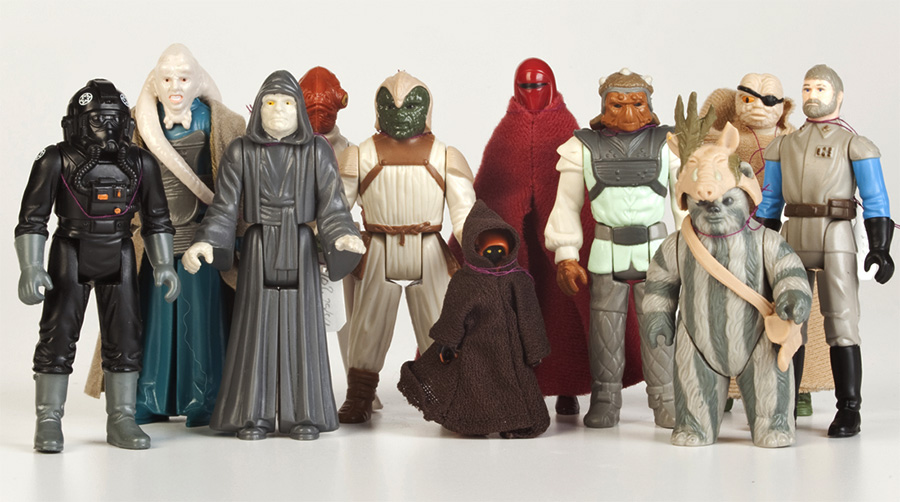
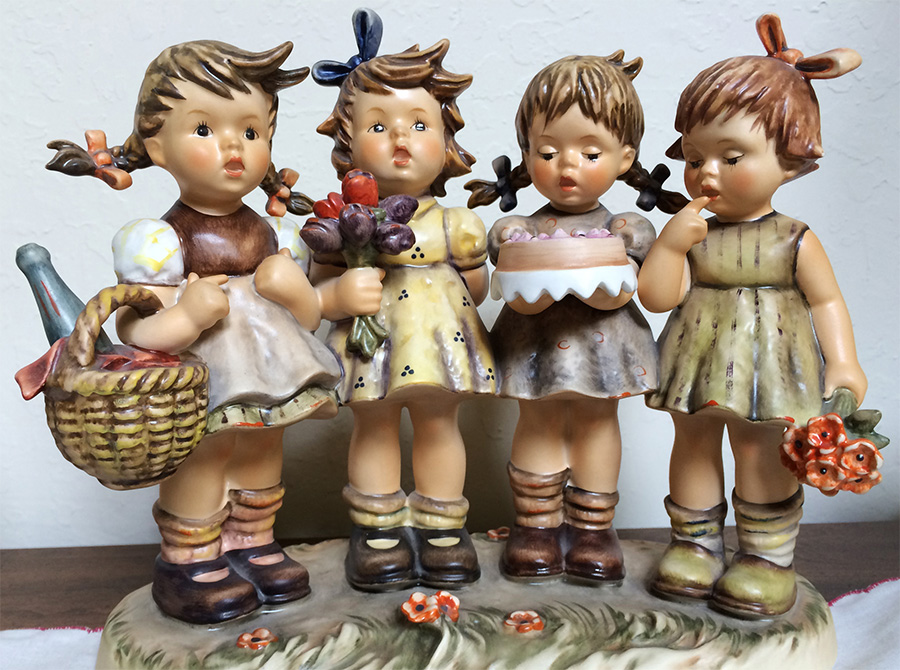
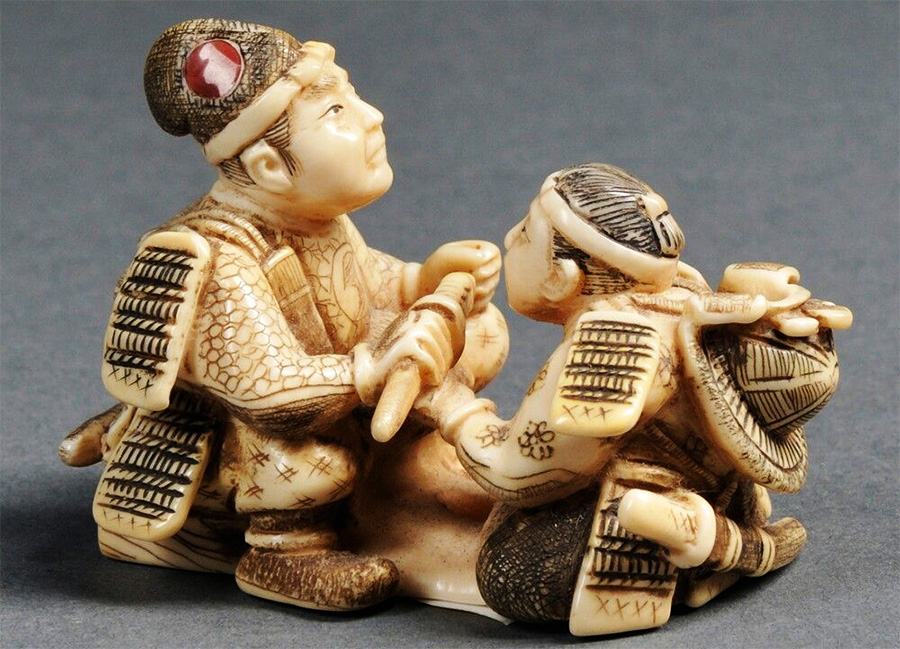
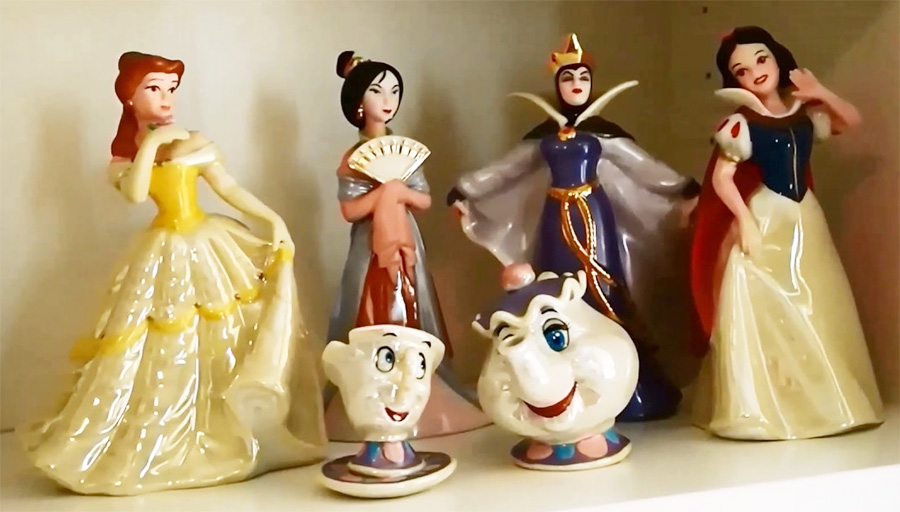
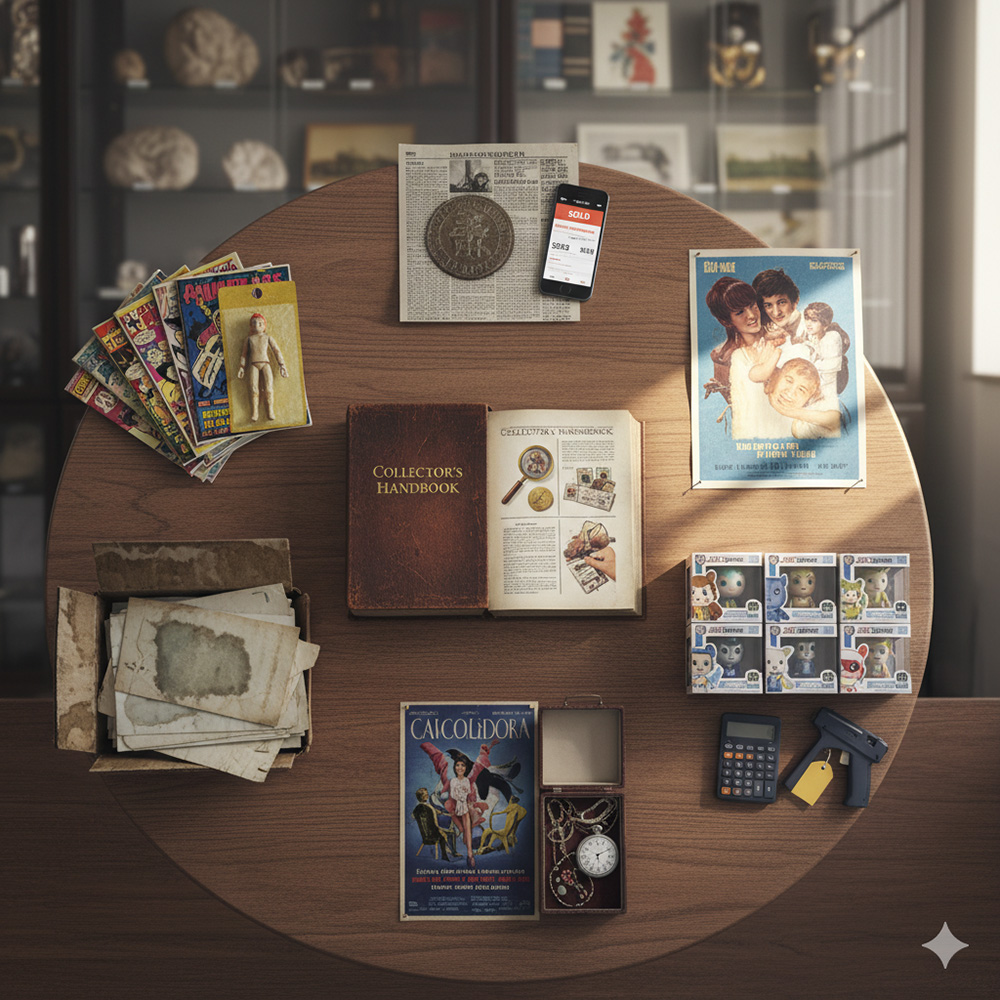
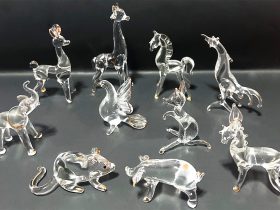
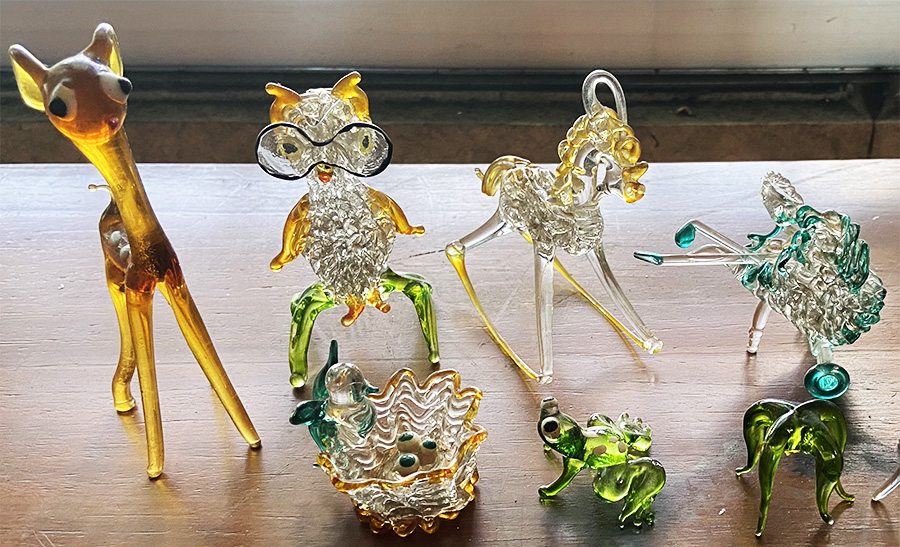
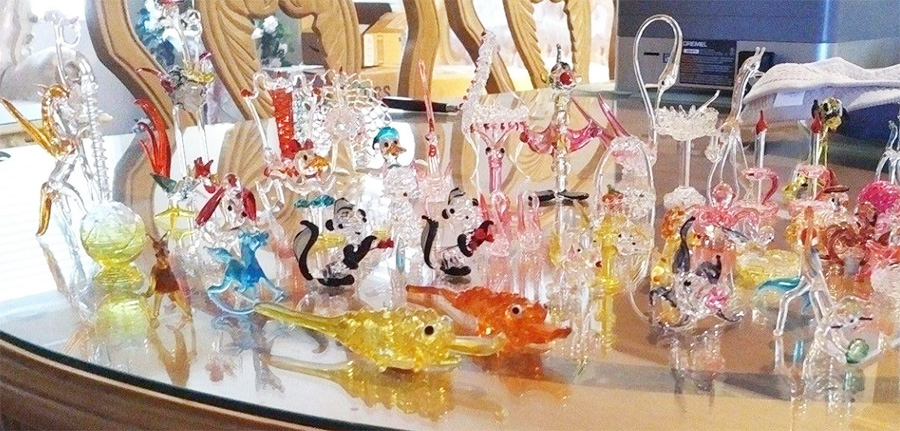
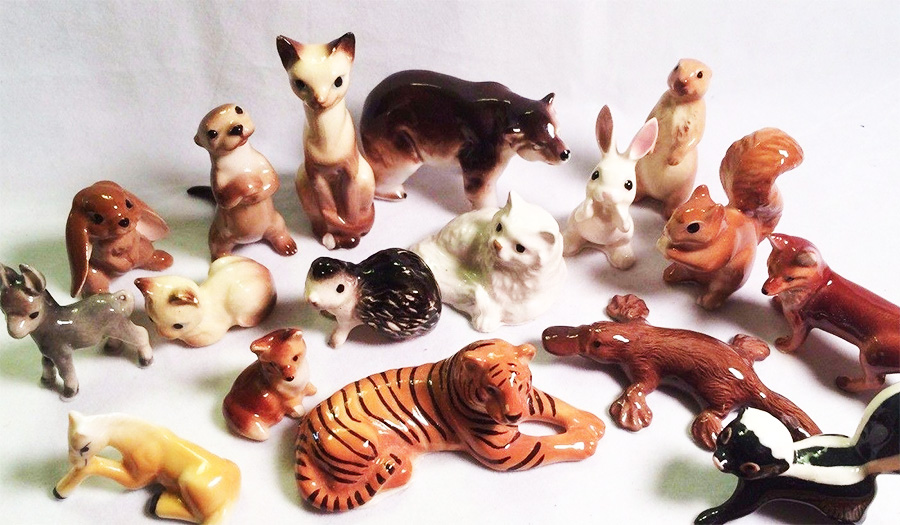
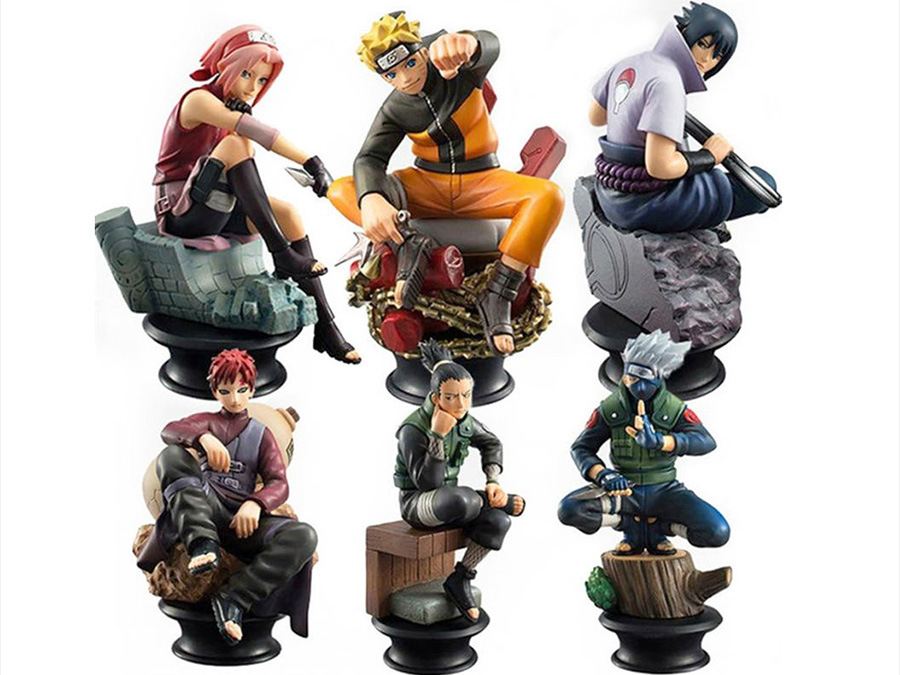
Leave a Reply